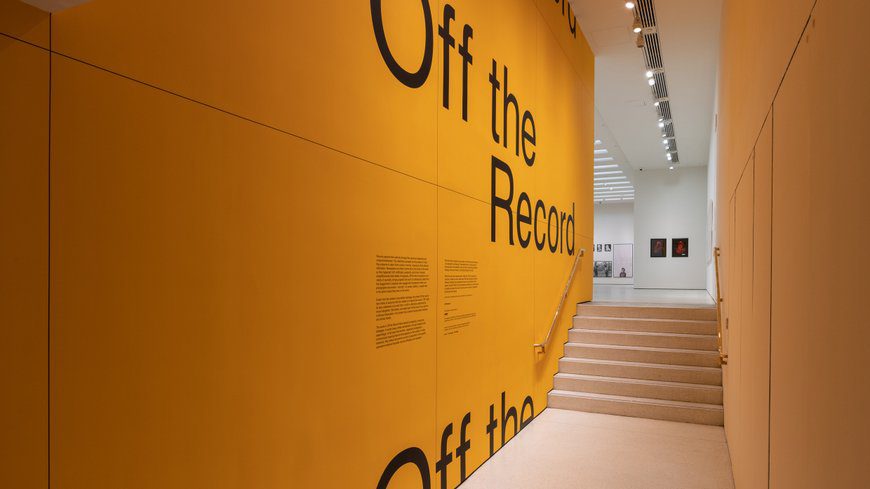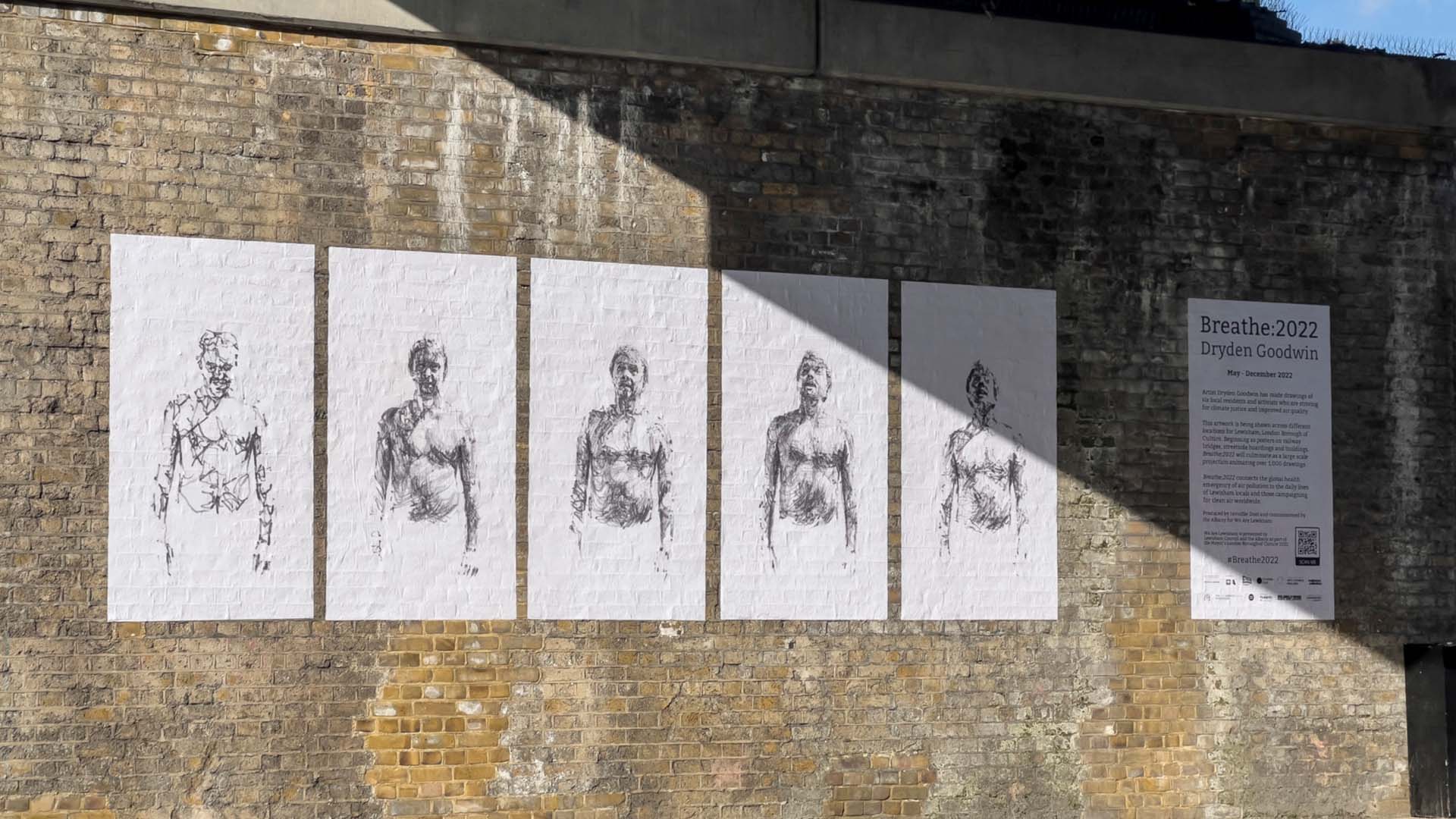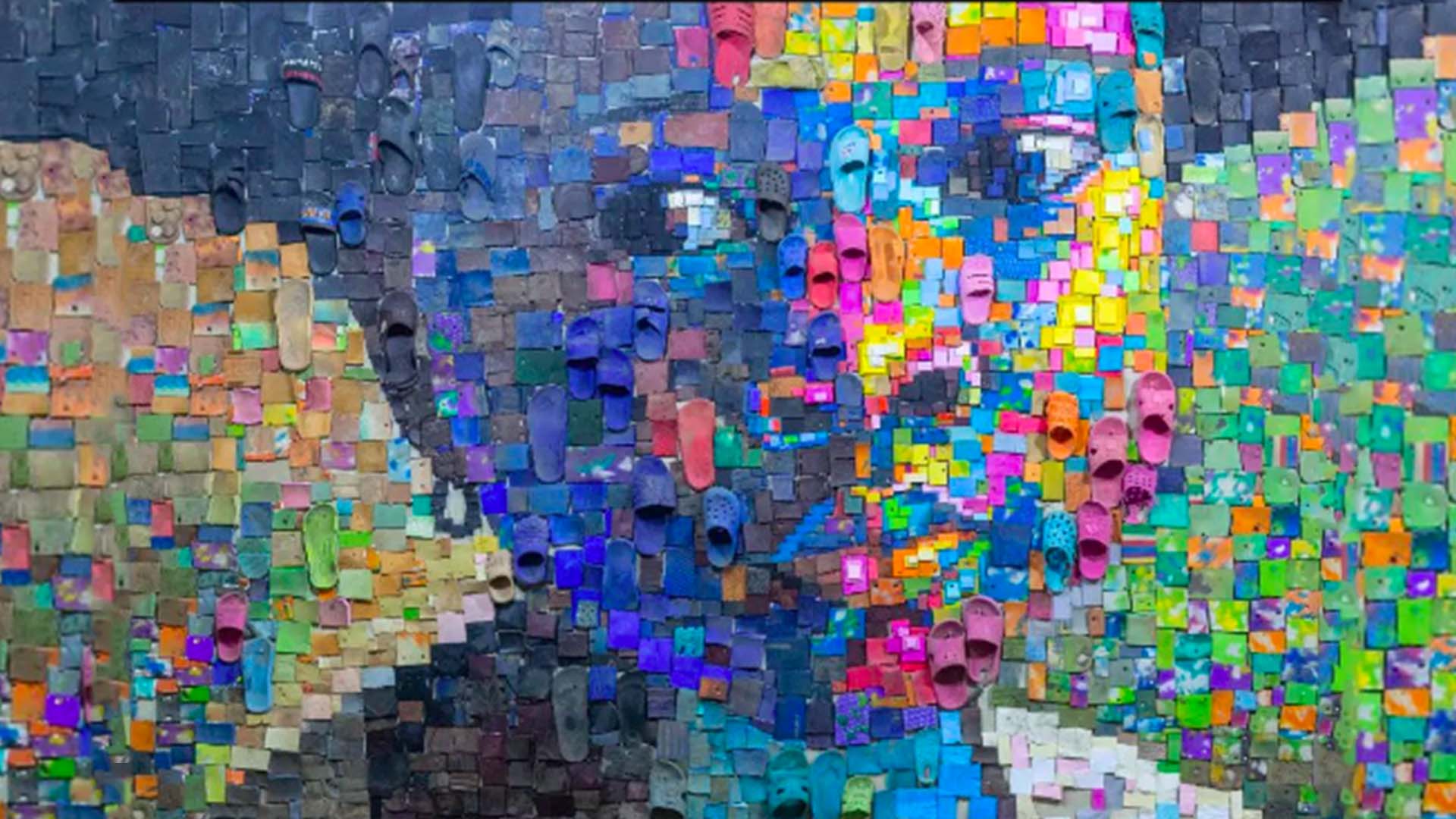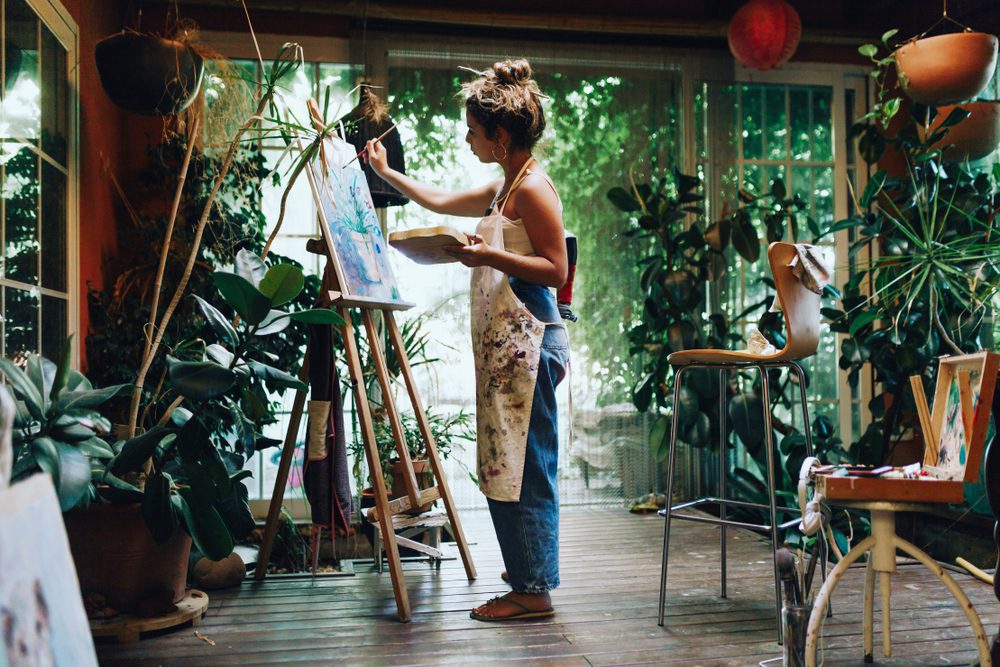Late British painter, Harold Cohen, once joked that he could be the only artist to have a posthumous show of new work because he created an autonomous generative art system. This remark is now becoming a reality as an upcoming exhibition at the Whitney Museum of American Art aims to revive Cohen’s AI-powered art-making program, AARON.

The show, titled “Harold Cohen: AARON,” will explore how the artist built the program in phases beginning in the late 1960s. Not only will the exhibition feature paintings and drawings that AARON previously generated, but it will also produce new work as the software, linked to pen plotters, will demonstrate its drawing process live in the galleries.
For the museum’s curator of digital art, Christine Paul, this perspective of early forms of machine-powered art creation is relevant at a time when AI tools are increasingly utilized.
“AARON invites us to rethink what constitutes art and the intentionality of art in comparison to the current A.I. models,” she stated. “At its core is this freehand line algorithm that Harold created. It really is a continuation of his work and at the same time, a radical break with painting and a shift to something entirely different.”
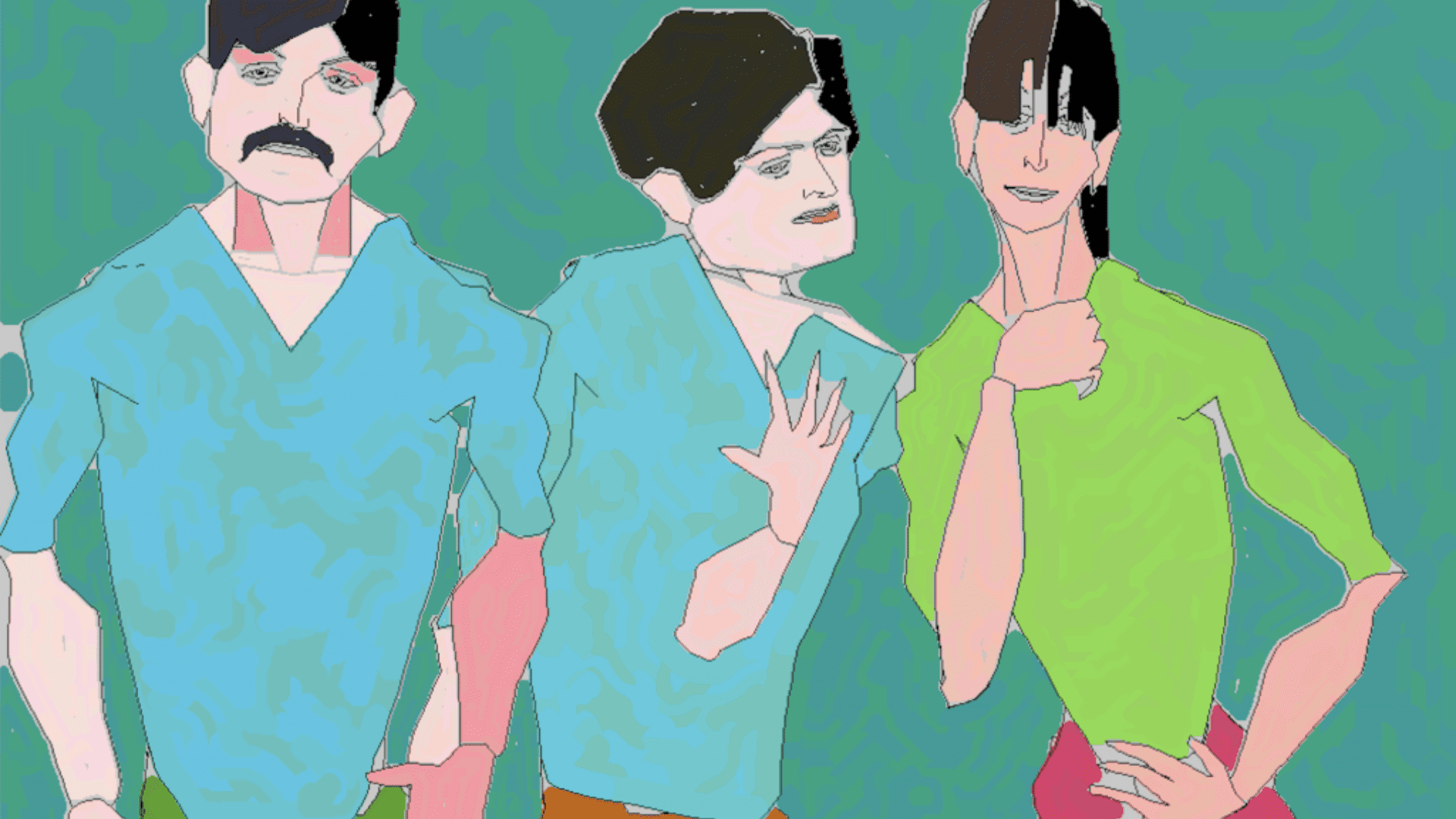
Cohen’s interest in programming coincided with his 1968 move to California, where he took up a professorship at the University of California, San Diego. There, he conceived and built a rule-based drawing software, programmed to autonomously create images. It was coded, Paul explained, “as an art-making program that has external knowledge of the world and the objects in it, and internal knowledge on how to represent these objects.”
Cohen created increasingly complicated iterations of AARON as the algorithm became more sophisticated and included compositional rules and drawing strategies. Since 2017, Paul has sought to collect variations of the AARON software to create an archive of the program’s crucial phases.
At the Whitney exhibition, two plotters will be created from the KCAT software in black-and-white and from the 1960s program, which was restored using code that was discovered in one of Cohen’s notebooks. Originally written in BASIC, the code had to be recreated in Python. “As Harold’s son Paul Cohen put it,” she said, “we resurrected a dinosaur from three different skeletons.”
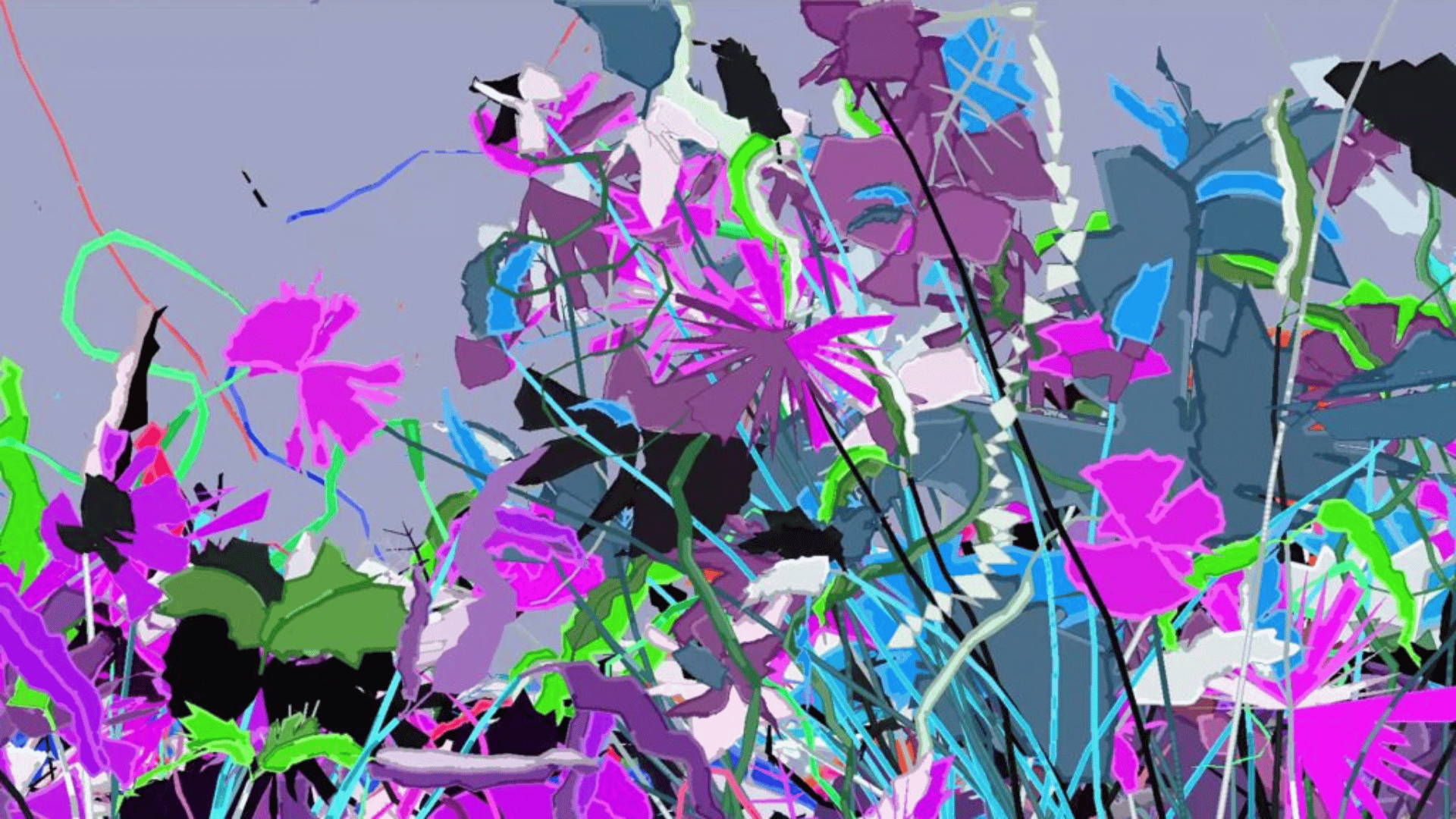
Also resurfacing at the show are “questions of authorship and agency in the collaboration with machines,” Paul added. They’re issues that similarly impact conversations about AI today. But, where contemporary text-to-image generators work off a database of questionably scraped material from various artists, AARON has been coded entirely by Cohen and its outputs are a result of their partnership.
“What AARON entails is Harold Cohen as an artist, the software itself, and the collaboration between the two, that constant back-and-forth,” said Paul. “That, of course, does not exist anymore.”
British painter Harold Cohen once joked that he could be the only artist to have a posthumous show of new work. Due to his AI-powered art-making program, this remark is now becoming a reality at the Whitney Museum of American Art.


